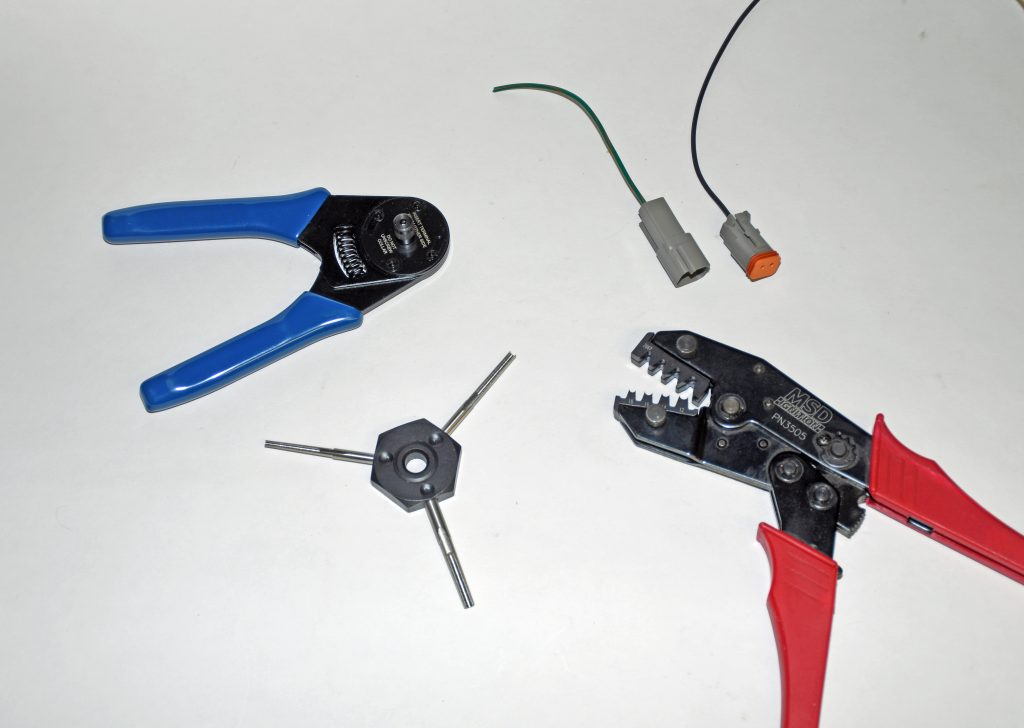
Assembling most automotive style electrical connectors requires specialized tools. No secret there.
And as we found out in our recent article How to Assemble Weatherproof Deutsch DT Connectors, Deutsch connectors are no different.
Now, we’re not talking super expensive custom tools that only pro shops can afford here. Instead, this article will focus on hand tools you and I can use in our own garages.
Deutsch Connector Design
If you read that first article linked to above, then you already know that there are two different configurations of Deutsch connector terminals/contacts, and they can be used interchangeably. One of the configurations is stamped and formed while the other is solid. Deutsch tells us the stamped and formed contacts are manufactured by way of a series of progressive dies. Meanwhile, the solid contacts are manufactured by way of a cold heading process of solid copper alloys. Essentially, the type of contact selected is based upon the crimp preference as well as the application.
Because of the above, there are two different types of tools used to make the crimp between the terminal and the wire. The stamped and formed terminals make use of special open jaw pliers for the crimp. Typically, they’re designed with a step in the jaws to secure the terminal. Each set of jaws is designed to accept several different sizes of Deutsch terminals (usually 12, 14, 16, and 18 sizes).
Deutsch Connector Assembly Tools
Summit Racing offers several different tool options for this scenario. One the writer has used with good success is an older MSD ignition wire crimping tool coupled with a set of MSD 3510 crimping dies. The dies simply slide into the MSD tool, replacing the dies tailored to crimping ignition wires. They’re very well made and the ratchet action tool functions flawlessly. By the way, the dies also fit the newer MSD crimping tool too.
Another option is an S&G Open Barrel Crimper Tool. This is a simple, but more universal open barrel tool that will crimp both Deutsch and Weatherpack terminals. This is a manual set of crimping pliers that doesn’t feature an internal ratchet action.
When you purchase a complete Summit Racing Deutsch Connector Kit, the appropriate crimping tool for stamped and formed terminals is included. Like the S&G tool, the crimper does not have an internal ratchet action. In addition to the crimping tool, the kit comes with a large assortment of Deutsch Connectors.
If you’re crimping Deutsch solid contacts, you’ll need another special tool. One really good example is the Techflex crimping tool. This tool quickly crimps and secures a wide range of AWG size wires. Basically, it creates eight crimps on four imprints. In use, you simply insert the Deutsch solid contact into the opening in the tool, slide in a stripped piece of appropriately sized wire and close handles. Pull the wire out and the terminal is properly attached.
A similar tool for crimping common 14 to 18 gauge wire and solid Deutsch connectors is the Deutsch Terminal Ratcheting Crimper from S&G Tool. It works much the same as the Techflex tool, and is just as affordable.
Deutsch Connector Disassembly Tools
Disassembling Deutsch connectors isn’t tough, provided you have the correct tool. One of the slickest (and one that works for multiple wire gauges and terminal sizes) is the Lisle Deutsch Terminal Tool. The pin extraction tool has three different stainless steel pin extractors. In operation, the tool shaft simply slips in on the wire end and you push it forward. This releases the green wedgelock and the wire is free from the connector.
A similar set of Deutsch Terminal Release Tools is manufactured by S&G Tools. Here, there are three different tools: one for 14-16 gauge connectors, another for 16-18 gauge connectors, and one for 20-24 gauge connectors. The handles are anodized aluminum while the shafts are stainless steel. This tool set works the same as the Lisle tool explained above.
Valuable, yet Affordable Deutsch Connector Tools
As you can see, the respective tools required to assemble and disassemble high end Deutsch connectors aren’t that complex (basically anyone can work with them). And as a big bonus, the tools are affordable too. For a closer look, at the Deutsch tool collection, check out the pics below.
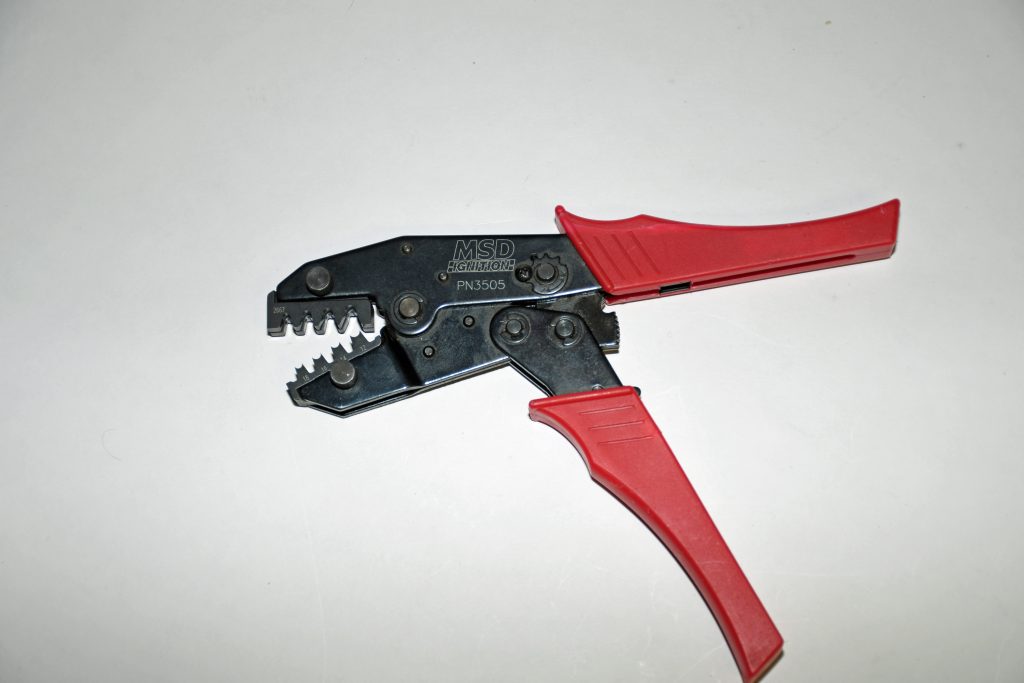
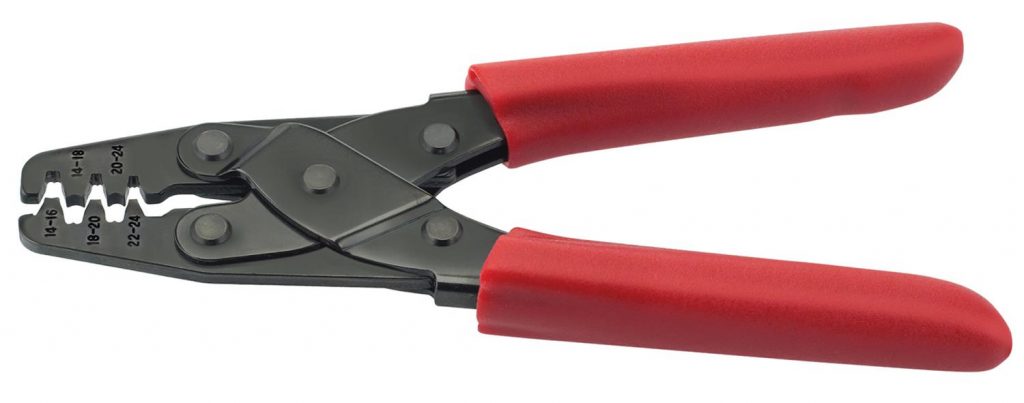
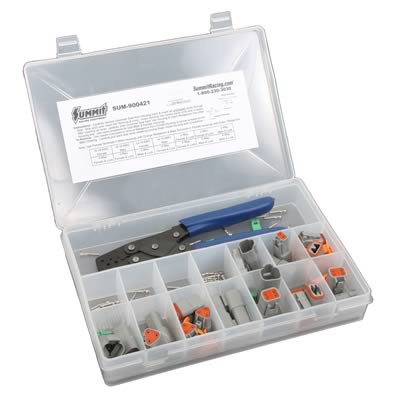
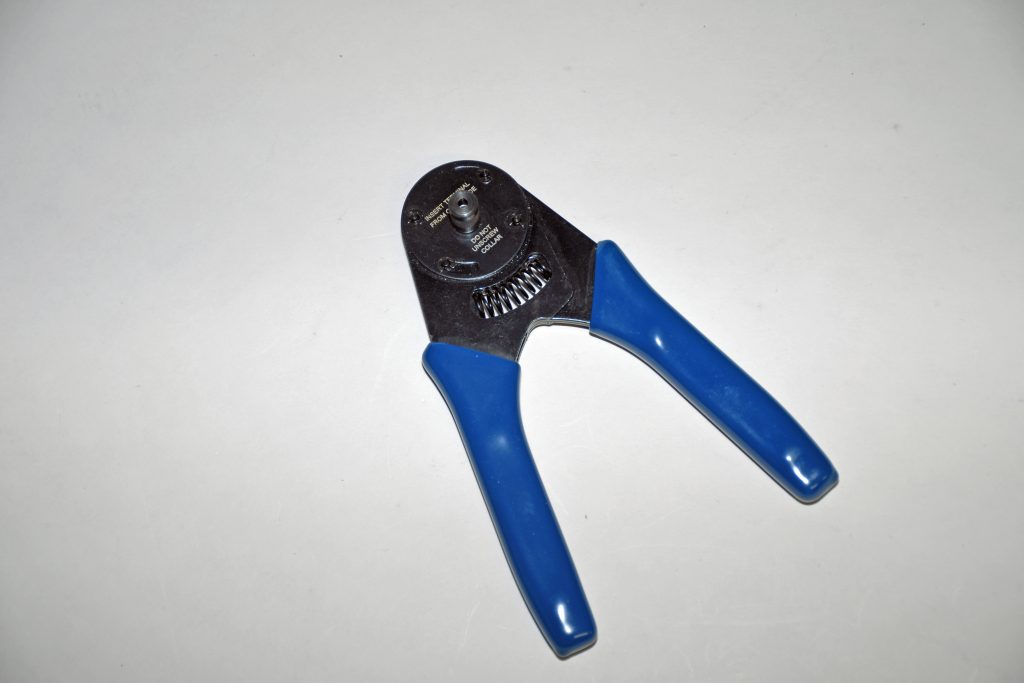
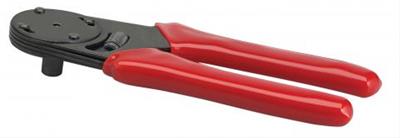
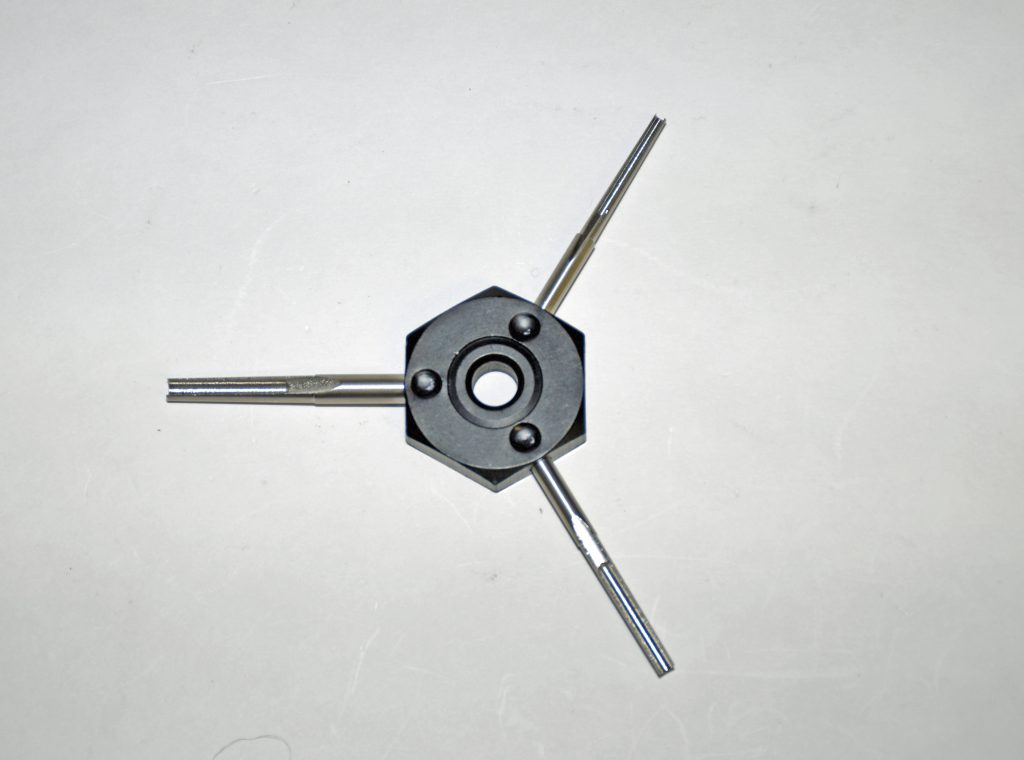


[…] Tools You Need to Assemble Deutsch Connectors: Affordable Options for High-End Vehicle Electrical Systems: https://www.onallcylinders.com/2021/05/27/tools-you-need-to-assemble-deutsch-connectors-affordable-o… […]